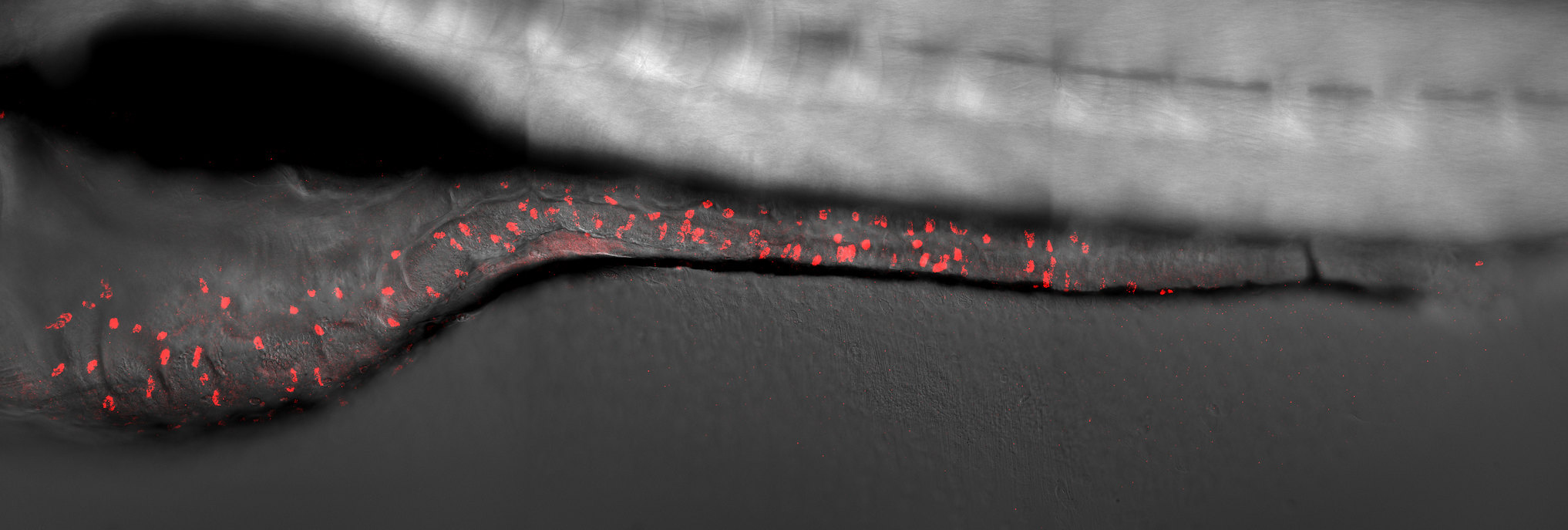Press Releases
Monday, December 18, 2023
Zebrafish are powerful models for studying vertebrate embryonic development.
Researchers at the National Institutes of Health have published an atlas of zebrafish development detailing the gene expression programs activated in nearly every cell type during the first five days of development, during which the embryo matures from a single cell into different cell types. These different cells become tissues and organs, creating young fish that are able to swim and find food.The research results were published in developmental cells.
Perhaps surprisingly, tiny zebrafish provide us with important insights into human development and disease. Dr. Christopher McBain, the institute’s scientific director, said many of the gene expression programs that direct embryonic growth are similar in fish, humans and other animals. Eunice Kennedy Shriver The National Institute of Child Health and Human Development (NICHD) conducted the work. Because zebrafish appear transparent, can fertilize eggs in vitro, and are easy to conduct genetic studies, they represent a unique and efficient way to model human disease.
Embryonic development is orchestrated by DNA instructions that direct different gene expression programs within a single cell, thereby conferring unique functional characteristics on different cell types. To create this map, the team used a method called single-cell RNA sequencing to identify gene expression programs over five days, taking samples every 2 to 12 hours. The resulting map continuously tracked nearly 490,000 cells over 120 hours after fertilization, detecting an average of 8,621 transcripts and 1,745 genes per cell. The team then sorted the data into known cell types and cell states during development.
To highlight the utility of the atlas, the team focused on developing cells to study, including intestinal cells called BEST4+ cells, which have been implicated in human gastrointestinal diseases and cancer. Little is known about how these cells develop because they are not present in other common model organisms, such as mice. By using the map, the team computationally predicted the complete developmental program of BEST4+ cells, including the signals that initiate cell development and the transcription factors that execute the process. These findings can be evaluated in model organisms or clinical samples to better understand the role of BEST4+ cells in human disease.
Our atlas of early zebrafish development is a remarkably comprehensive resource, describing the expression programs of hundreds of cell types at 62 developmental stages, said senior author Jeffrey A. Farrell, Ph.D., Earl Stadtman Fellow and head of the Cell Division at NICHD. Specification and differentiation. From this map, we identified a number of unstudied cells, including intestinal cells implicated in human disease, the smooth muscle surrounding the intestines, and cells surrounding blood vessels. There are many more advances waiting to be discovered, and we look forward to seeing what the research community can do with our open source atlas.
This atlas is publicly accessible to the broader research community: https://daniocell.nichd.nih.gov. In addition to browsing the data online through the website, the data can also be downloaded in other formats for re-analysis. Time-lapse photography of early zebrafish development can be viewed along with microscopy images associated with this study. To learn more about the NIH Zebrafish Facility, visit the NIH Virtual Tour.
Sur A., Wait for Al. Single-cell analysis of shared signatures and transcriptional diversity during zebrafish development. developmental cells DOI: 10.1016/j.devcel.2023.11.001 (2023)
related Eunice Kennedy Shriver National Institute of Child Health and Human Development (NICHD): NICHD leads research and training to understand human development, improve reproductive health, enhance the lives of children and adolescents, and optimize capabilities for all. For more information, visit www.nichd.nih.gov.
About the National Institutes of Health (NIH):NIH is a medical research agency in the United States, with 27 institutes and centers and is affiliated with the U.S. Department of Health and Human Services. NIH is the premier federal agency that conducts and supports basic, clinical, and translational medical research that is investigating the causes, treatments, and cures for common and rare diseases. For more information about the NIH and its programs, visit www.nih.gov.
NIH…translating discoveries into health
#NIH #researchers #create #genetic #map #detailing #early #stages #zebrafish #development
Image Source : www.nih.gov
